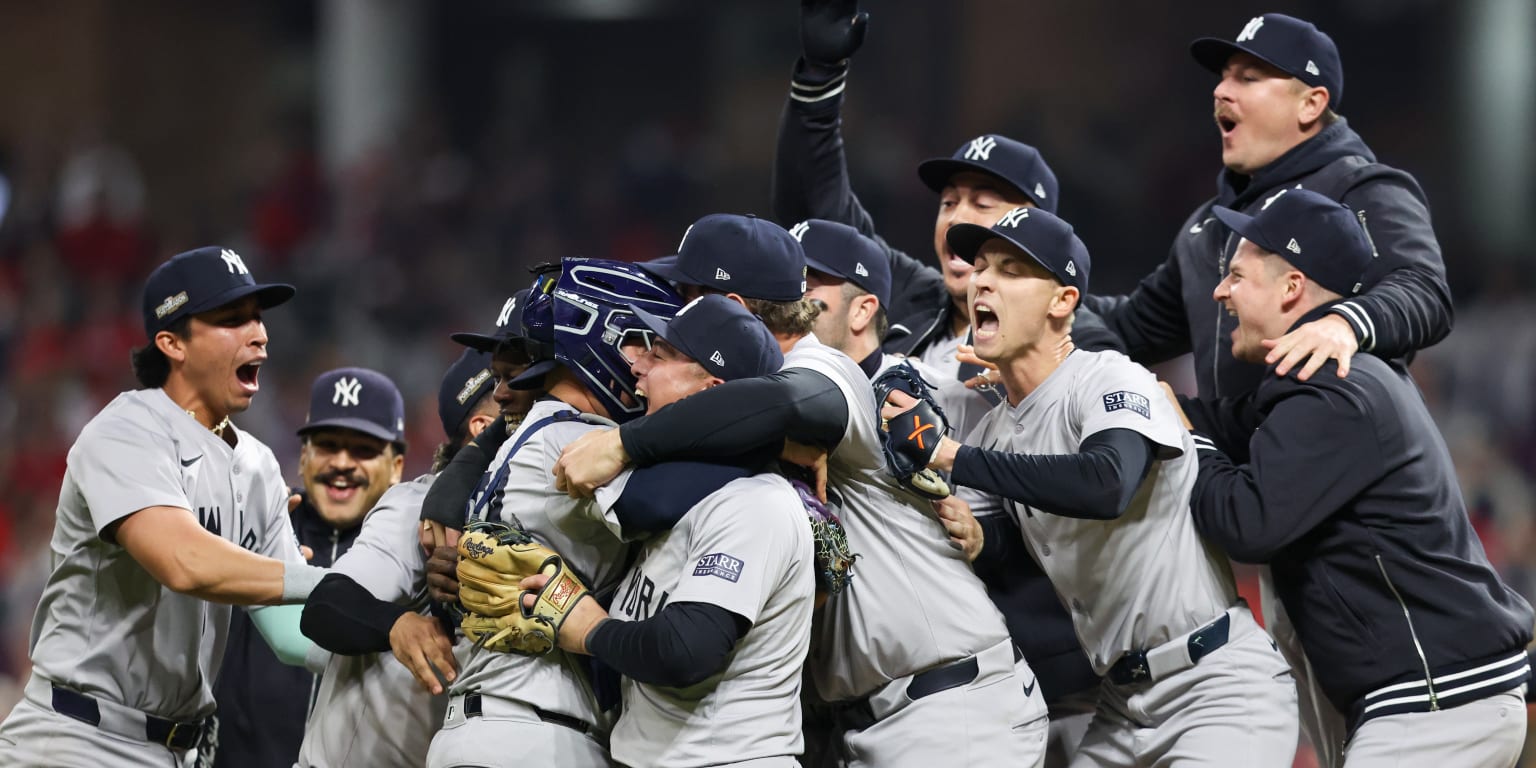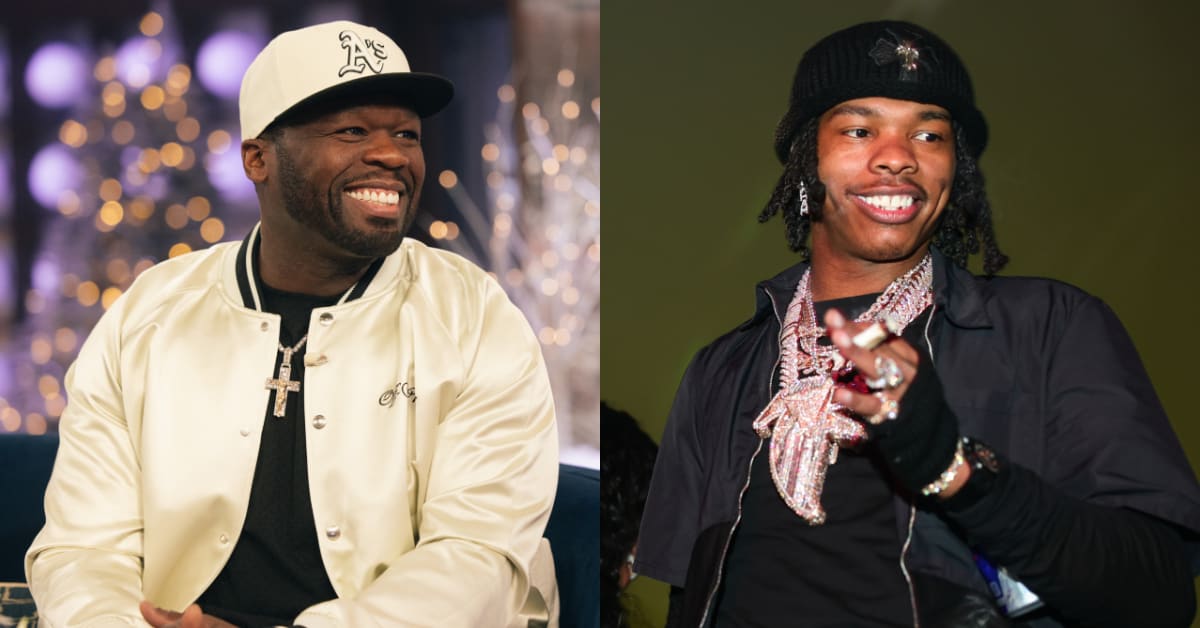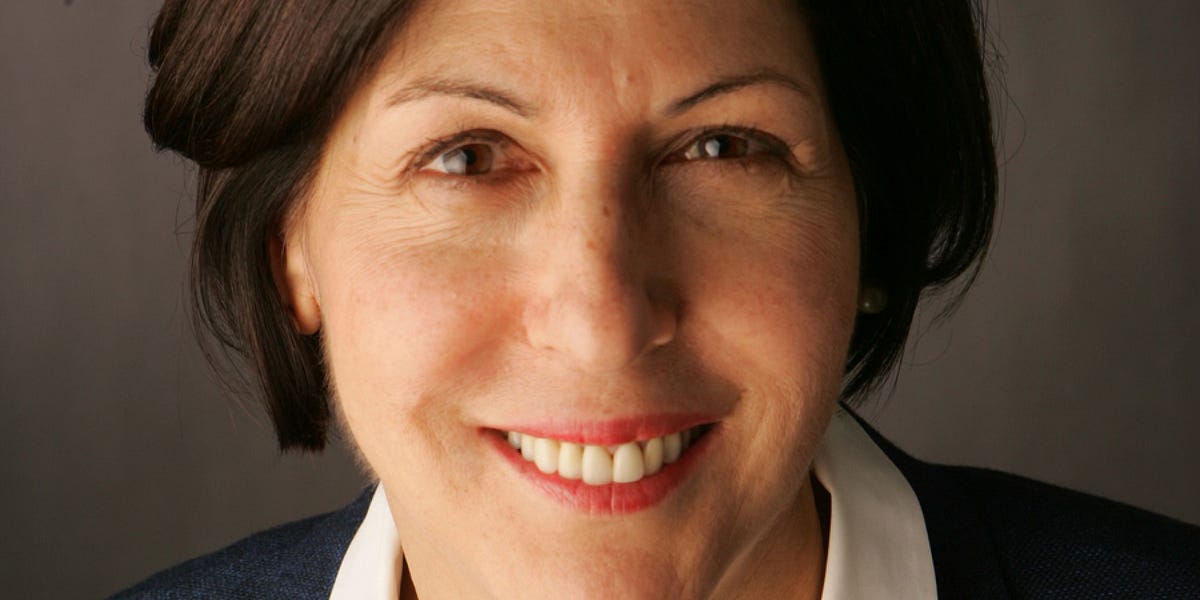World
‘Soul searching’ and daring moves: How Yanks put it together to win pennant

NEW YORK — There was an odd twinkle in Brian Cashman’s eyes as he descended a hotel elevator in Scottsdale, Ariz., last November, summoned for what would become a memorable and profanity-laced press conference that spanned more than an hour.
After months of taking barbs during an underwhelming season that even he described as a “disaster,” the veteran general manager was going to let it rip.
His remarks normally measured in a peppy monotone, Cashman was fiery, explaining his club’s postseason absence as a cocktail of injuries and bad luck while doubling down on his team’s behind-the-scenes process. Declaring that he believed “we’re pretty [blanking] good, personally,” Cashman said that he was “looking forward to ’24 being a better year than ’23.”
Less than a year later, Cashman beamed on a stage erected in center field at Cleveland’s Progressive Field, his Yankees having dispatched the Guardians to punch their first World Series ticket since 2009. Cashman said he had performed the sign of the cross when Juan Soto’s 10th-inning homer cleared the wall, but this was hardly divine intervention.
“I’m proud of these guys, and proud we had a chance to earn the right to get to go to the World Series,” Cashman said. “I’m looking forward to taking our chances.”
Throughout the postseason, team captain Aaron Judge has frequently spoken about “ghosts” impacting their games; in 2003, Derek Jeter famously told Aaron Boone that they would eventually come out, innings before Boone’s pennant-winning homer sunk the Red Sox. But those happy haunts were at a long-gone version of Yankee Stadium. The Babe may have gotten lost on the way across 161st Street; if not, where has he been hiding?
No, if there were any specters floating around this Yankees club, they were more likely residuals from the sting and embarrassment of last year’s 82-win campaign. Within days of their final game, managing general partner Hal Steinbrenner summoned club brass to Tampa, Fla., for a series of meetings, with staffers challenged to defend all aspects of how the organization is run.
“It was a soul-searching winter,” Boone said. “We challenged each other, met and talked department to department, just to make sure we were on the same page.”
It was not a pleasant trip, but the Yankees were forced to look in the mirror for hard answers. Steinbrenner, who called the season “awful,” authorized an agreement with Zelus Analytics, an operation whose cofounders include a pair of former Dodgers executives, to bolster their number-crunching acumen. (This is what was frequently referred to as the internal audit, though the deal was for the Yankees to look under the hood at Zelus, not vice versa.)
That data made incremental changes in how the Yankees evaluate talent, but their mightiest weapon remains the wallet. They struck when others didn’t, pushing big chips to the center of the table to swing a seven-player deal for Soto in December. Steinbrenner swallowed hard at the asking price, recognizing the cost in players (especially right-hander Michael King) and salary, then decided it was worth the gamble. Steinbrenner has frequently said that he doesn’t believe a club should need a $300 million payroll to win a championship, then authorized one.
“He’s a generational player,” Steinbrenner said. “I don’t know how you can say no, if you’re able to do it financially.”
Soto’s acquisition, in part, rejuvenated the team’s focus. An all-in move like that carried a message, that the Yankees were serious about winning a World Series now. Tomorrow was not guaranteed; definitely not for Soto, represented by Scott Boras and intent upon testing free agency. But there are only so many remaining years when Judge or reigning AL Cy Young Award winner Gerrit Cole would be in their prime, as well.
“I remember being really stoked about it,” Cole said. “It was a big trade. We gave up a lot, but we got a lot, also.”
Count Judge among those who believed the Yankees should have been much better than their .506 winning percentage in 2023, narrowly keeping alive their streak of seasons without a losing record (now 32). Judge blamed himself, in part for the freak right big toe injury sustained while running into a low-lying concrete wall at Dodger Stadium in June.
That layoff drove Judge to begin his offseason workouts weeks earlier, and he was thrilled to have plenty of company within the walls of the club’s Florida training complex. He said that those memories washed over him during the final inning of AL Championship Series Game 5, counting down the three defensive outs his team needed.
“You look back at all the hard work, all the guys showing up in Tampa when no one else was there,” Judge said. “After a disappointing season last year, that’s the first thing I thought of, thanking God for this opportunity and then thinking about all the hard work these guys put in to come back and have this moment.”
Giancarlo Stanton prioritized cardio and appeared to be in his best shape in years. Carlos Rodón slimmed down, intent on living up to his big contract. Anthony Volpe revamped his swing, seeking consistency. The group ran, hit and threw; they bonded, too, laying the groundwork for what has seemed to be a cohesive and inclusive clubhouse.
As Jazz Chisholm Jr., who was acquired in July, said after the ALCS clinch: “I thought I was just coming to play with a baseball team, but I came to play with a family.”
With an AL-best 94 wins in the regular season, plus seven more in their first nine postseason games, it seems that Cashman was right all those months ago — the Yankees were, indeed, “pretty [blanking] good.” They are hardly perfect, still prone to miscues in the field and on the bases during the first two playoff rounds. But they may just be good enough to call themselves World Series champions.
“To get there doesn’t mean much,” Stanton said. “We need to win it.”










